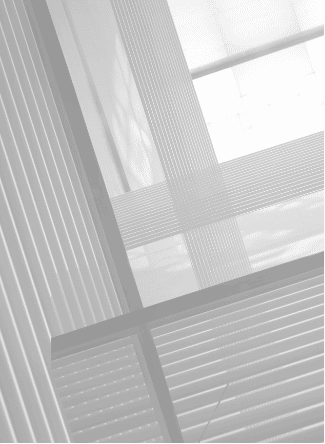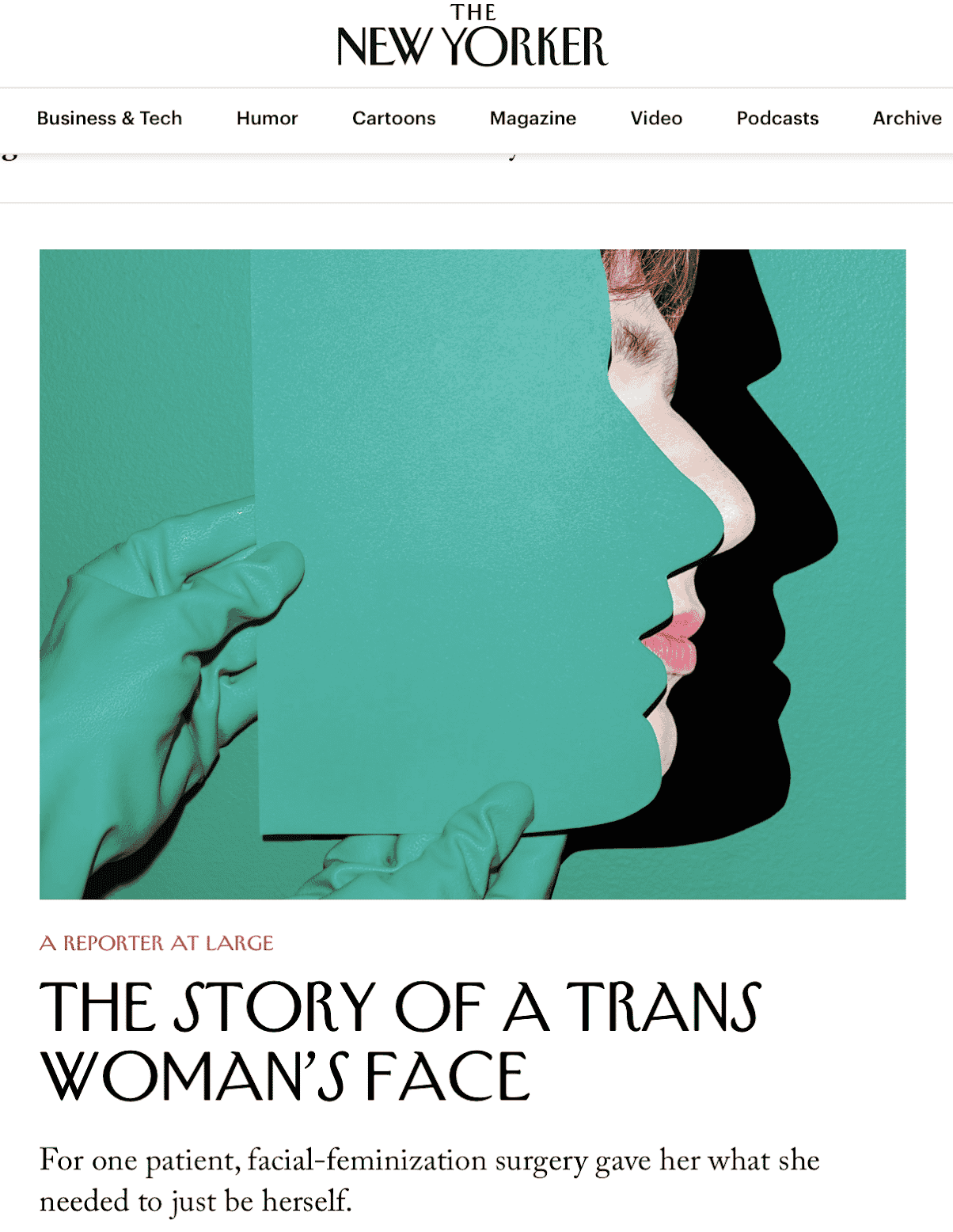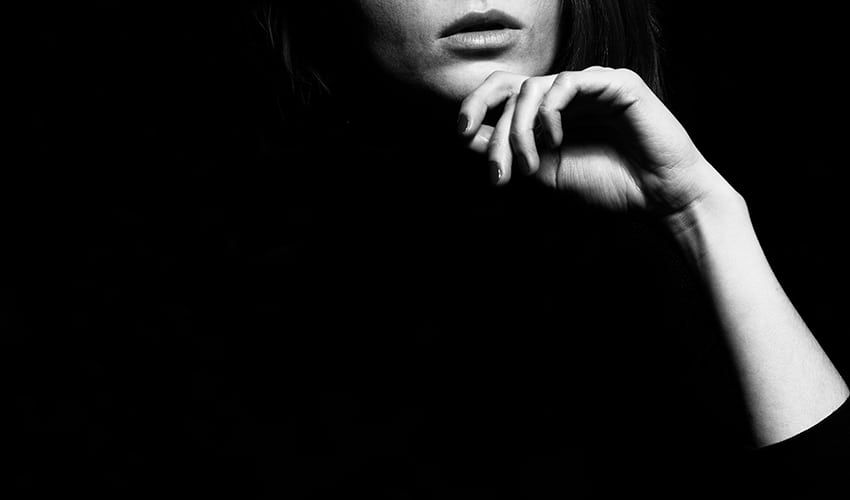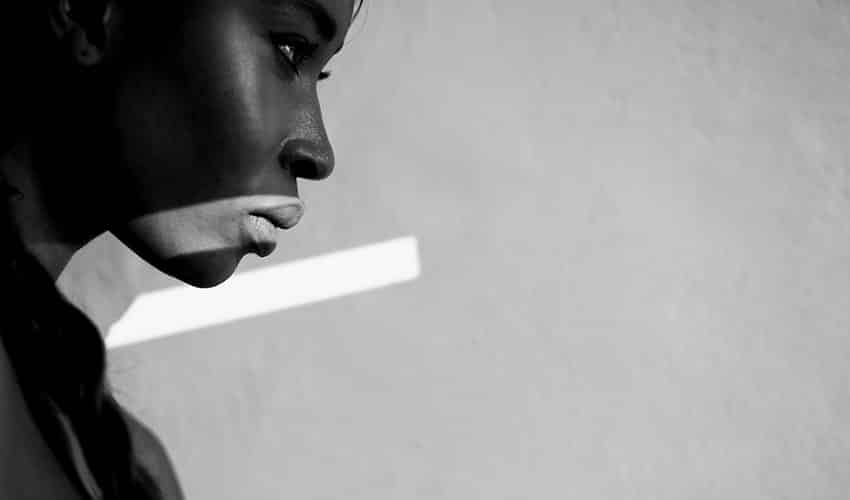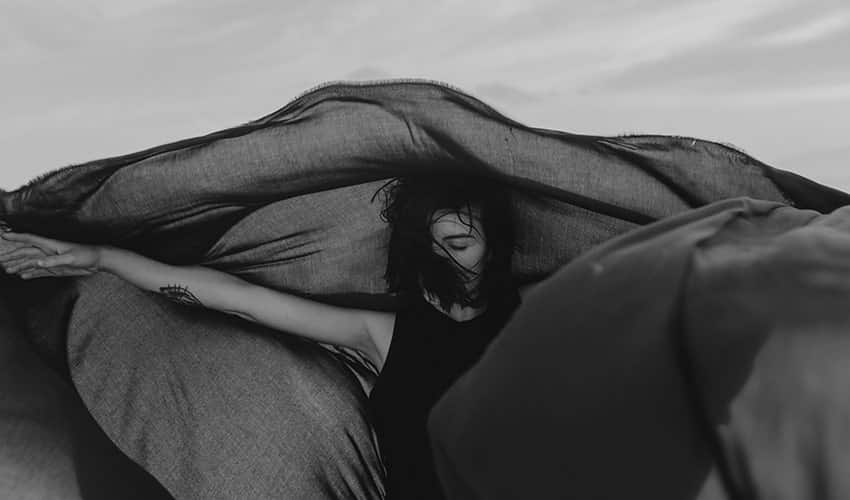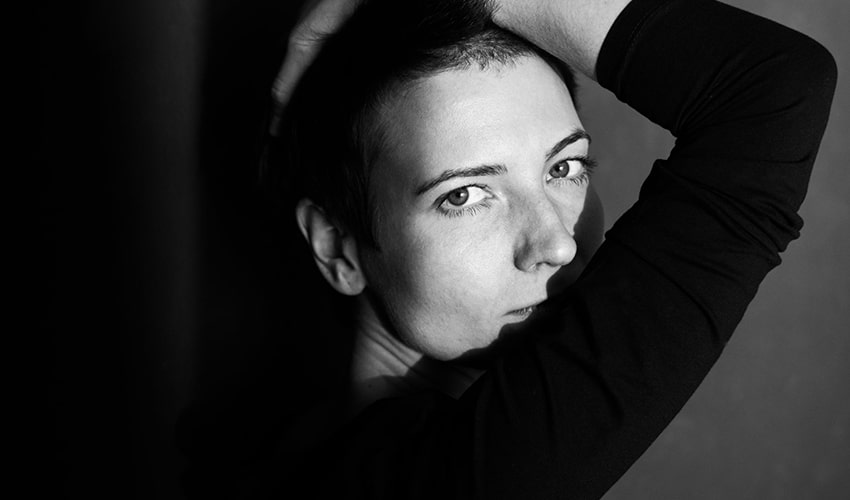
Key Elements of Facial Feminization for Women with Masculine-Looking Faces
Facial feminization surgery is typically associated with gender confirmation surgery for transgender individuals. However, the same procedures may also help non-transgender women who feel they have masculine faces and want to appear more feminine.
If you are a cisgender female, you may be an ideal candidate for facial feminization surgery if you feel that your face is too masculine-looking in some way. The most common complaints that we hear from women who are ideal candidates for this surgery are their…
- Forehead is too high or too “bold”
- Eyes seem “dark” or too “deeply set”
- Brow is too prominent or “heavy”
- Jaw is too wide and chin is angular or too sharp
You may need just the one procedure, but most often we will use a combination of procedures depending on the area of the face, your desired results, and expectation of outcomes.
For example, if you have an overly heavy brow and excessively prominent forehead, you may also need a rhinoplasty (nasal surgery) because the forehead and the nose are physically and aesthetically linked. If you change one, the other will usually need to be changed to ensure aesthetic harmony and facial feature balance.
Which surgical procedures are typically included in facial feminization for non-transgender women?
The ultimate answer to which procedures will be right for you will be revealed during your first surgical consultation. Ultimately, it depends on your facial structure and the areas that you consider as too masculine. Your surgeon will likely recommend a combination of plastic and craniofacial surgical procedures. Common feminization procedures include:
- Forehead reduction and contouring
- Scalp advancement
- Brow lift (browplasty)
- Rhinoplasty (nose surgery)
- Lip reshaping (upper lip lift, lip filling, corners-of-mouth lift)
- Cheek enhancement
- Chin recontouring (genioplasty)
- Jaw contouring and tapering
- Masseter muscle reduction
- Adam’s apple reduction
- Earlobe reduction
Forehead Reduction and Contouring
Forehead contouring and reduction is one of the most common feminization surgeries that are requested by non-transgender women. The procedure results in a significant feminization of the face while keeping the features looking natural and in proportion.
Read more about feminizing forehead reduction.
Brow Lift (Browplasty)
If you have a low-set brow, a brow lift may be recommended to accompany forehead reduction surgery. The brow lift raises the eyebrows into a higher, more feminine position on the face and also works to eliminate common signs of aging such as forehead wrinkles, crow’s feet, and horizontal or vertical lines such as frown lines and furrows between the eyebrows and around the eye.
Read more about brow lifts here.
Rhinoplasty (Nose Surgery)
If you are reshaping your forehead and brow to appear more feminine, a rhinoplasty (nose surgery) may also be recommended to achieve an overall aesthetically beautiful result. More an art than a science, a rhinoplasty is best left to board-certified surgeons with extensive experience in plastic surgery and preferably members of The Rhinoplasty Society, whom have been vetted by the society and have exceptional experience in rhinoplasty. Along with keen surgical skills, your surgeon must also possess an artistic eye to visualize how your reshaped nose will appear in harmony with your other facial features.
Read more about rhinoplasty for feminization here.
Lip Reshaping
The lips are one of the main features of a feminine face. Depending on your existing features and age, you may consider either a lip lift (upper lip reduction), lip augmentation (lip filling), or a corner-mouth lift:
- An upper lip lift shortens the vertical length of the upper lip and improves the visibility of upper teeth, creating a more feminine and youthful appearance.
- Lip augmentation fills or plumps the lips so that they appear fuller, younger and more feminine.
- A corner-mouth lift lifts the corners of your mouth but does not affect lip movement.
Read more about lip enhancement procedures here.
Cheek Enhancement via Augmentation
The cheeks are a significant aspect of the feminine face. Cheek enhancement via augmentation works to give the cheeks a rounder and smoother feminine appearance.
Cheek augmentation includes the use of fat transfer or fat grafts to create a fuller more feminine cheek shape (with fat taken from another part of your body).
Read more about cheek augmentation surgery here.
Chin Recontouring (Genioplasty / Mentoplasty)
One more of the most requested facial feminization surgeries for cisgender women is chin re-contouring (genioplasty) to alter the shape of the chin by reducing, reshaping, or augmenting (if necessary). Chin surgery may also involve the elimination of asymmetries (lop-sided features) to ensure a more symmetrical appearance. No chin implants are used in chin recontouring other than small screws to hold the bones in their proper position.
Read more about feminizing chin surgery here.
Jaw Contouring (Reshaping and Tapering)
Some cisgender women possess an unusually wide or angular jaw that makes them appear masculine. Jaw contouring works to make the jaw appear rounder and smoother resulting in a more feminine profile. The bone of the jaw is shaved along its lower edge, and chewing muscles may also be reduced to make the jaw more slender. Jaw contouring is also ideal for women who may have an unbalanced face and wish to have their features appear more symmetrical.
Read more about feminizing jaw contouring here.
Masseter Muscle Reduction
The Masseter muscle is located in the rear part of the cheek, it runs from the cheekbone down into the lower jaw on each side of the face. The Masseter connects the lower jawbone to the cheekbone and is one of the “muscles of mastication” because it works to raise and close the jaw while chewing.
In some people, this muscle becomes enlarged due to clenching or grinding of the teeth (bruxism), or from excessive chewing of gum causing jaw pains and headaches. Enlargement of the Masseter can also cause increased muscle bulk creating an overly-square jawline that can make a female face appear masculine.
Depending on your facial features and expected outcomes, your surgeon will recommend either a surgical or non-surgical treatment:
- Non-Surgical Reduction Of The Masseter: Injectable muscle relaxing agents such as Botox® or Dysport® work extremely well to reduce the Masseter muscle and also decrease habitual jaw clenching or teeth grinding (Bruxism).
Read more about reducing the Masseter muscle via Botox® or Dysport® injections. - Surgical Reduction Of The Masseter Muscle: Surgery to access the Masseter is performed through incisions on the inside of the mouth, between the gum and cheek, leaving no visible scarring. Your surgeon will then shape and reduce the bone and Masseter muscle to achieve a well-rounded, smoother and more streamlined jawline contour.
Read more about the surgical reduction of the Masseter muscle here.
Adam’s apple reduction
Some women are born with a naturally prominent Adam’s apple. Reducing the size of an Adam’s apple with a tracheal shave (AKA Laryngochondroplasty) is often one of the most straightforward feminization procedures. Shaving the thyroid cartilage reduces the outward prominence of the Adam’s apple and gives the throat a smoother more feminine appearance.
It is critical that the surgery is performed correctly because otherwise the cartilage may grow back and the procedure will need to be repeated. Furthermore, a high level of surgical skill is necessary during the procedure as the voice may be injured if your surgeon is not skilled at identifying the positioning of the vocal cords and protecting them during surgery.
Read more about Adam’s apple reduction (tracheal shave) here.
Earlobe Reduction Surgery
The ears are a significant facial feature that contributes to gender expression and age. Older patients are typical candidates for earlobe reduction surgery because the cartilage of the ears continues to grow throughout as we age. Gravity also causes the earlobes to sag, stretch, and enlarge, creating pendulous earlobes — which may not look aesthetically pleasing or feminine.
Feminizing the earlobes can be achieved by reshaping and reducing a larger or longer ear. The earlobe is trimmed and reshaped as desired for a more feminine look.
Ultimately, the single most crucial step in feminizing an ear is crafting a smooth and natural inferior lobe border. Dr. Deschamps-Braly is known for his aesthetic finesse and expertise in achieving consistent and aesthetically beautiful outcomes.
Read more about earlobe reduction surgery here.
